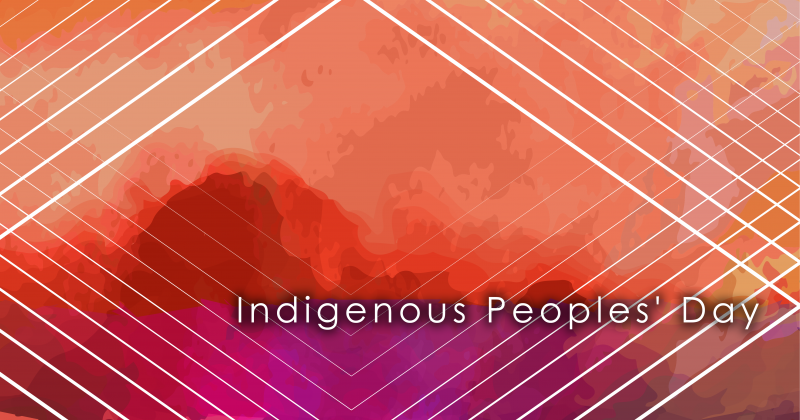By Nicholas Allen | October 14, 2020

Although Indigenous Peoples’ Day has come and gone, the opportunity to incorporate content about First Peoples in your curriculum has not. The importance of educating students about these often-forgotten chapters of history and underrepresented modern citizens is the heart of global education: getting exposure to a diverse set of perspectives makes us consider more generous assumptions of others, helps us connect with people from different backgrounds, and better prepares us for success in a global world. It also helps us understand our roots even better, leading to a stronger and more accurate assessment of self that can help guide the way forward. Director of UNC Chapel Hill’s Center for the Study of the American South (CSAS) Malinda Maynor Lowery recently answered a few questions about the origins of this holiday for UNC News. If you’re looking to infuse content about Indigenous Peoples’ Day in your classroom, contextual information about its beginnings and contrast to Columbus Day is a good place to start. Under the CSAS umbrella, the Southern Oral History Program has examined and expanded the scope of America Indian Activism in North Carolina. The collection of interviews this effort produced are worth exploring, especially if you’d like expose college-bound students to a critical lens and to the current moment of native peoples activism and scholarship.
Explore these other resources if you have time, and remember that a “Day” dedicated to anything should encourage us to think (and teach) about that topic the other 364 days of the year, too!
-
Teaching Tolerance has many resources to support educators for introducing Indigenous Peoples’ Day in their classrooms. Their new short film, The Forgotten Slavery of Our Ancestors offers an introduction to the history of Indigenous enslavement on land that is now the United States.\\
-
The Pulitzer Center Education’s division recently launched an Indigenous Communities portal to support bringing Indigenous communities’ often under-reported or misreported stories and perspectives to new audiences. Additionally, the Pulitzer Center also has lesson plans available for introducing indigenous narratives, the legacies of Indian residential schools and more.
-
The Global Oneness Project just released the short film, The Hunt, by Sanjay Rawal. The Hunt follows Chef Nephi Craig of the White Mountain Apache Nation and master forager Twila Cassadore of the San Carlos Apache Nation. They are both working with Indigenous foodways to promote processes of healing and recovery from historical trauma. There are also dozens of additional educator resources, including films, photo essays and lesson plans available here.
-
The Smithsonian’s National Museum of the American Indian offers an educator portal, Native Knowledge 3600 to provide educators and students with new perspectives on Native American history and cultures. Smithsonian Magazine also featured a valuable article to learn more about the importance of honoring Indigenous communities, “Indigenous Peoples’ Day: Rethinking How We Celebrate American History.”
- This Tribal Map of the globe shows which indigenous peoples first inhabited the land you now live on.
Be on the lookout for the UNC World View Fellows Program Exploring Indigenous Cultures applications!
